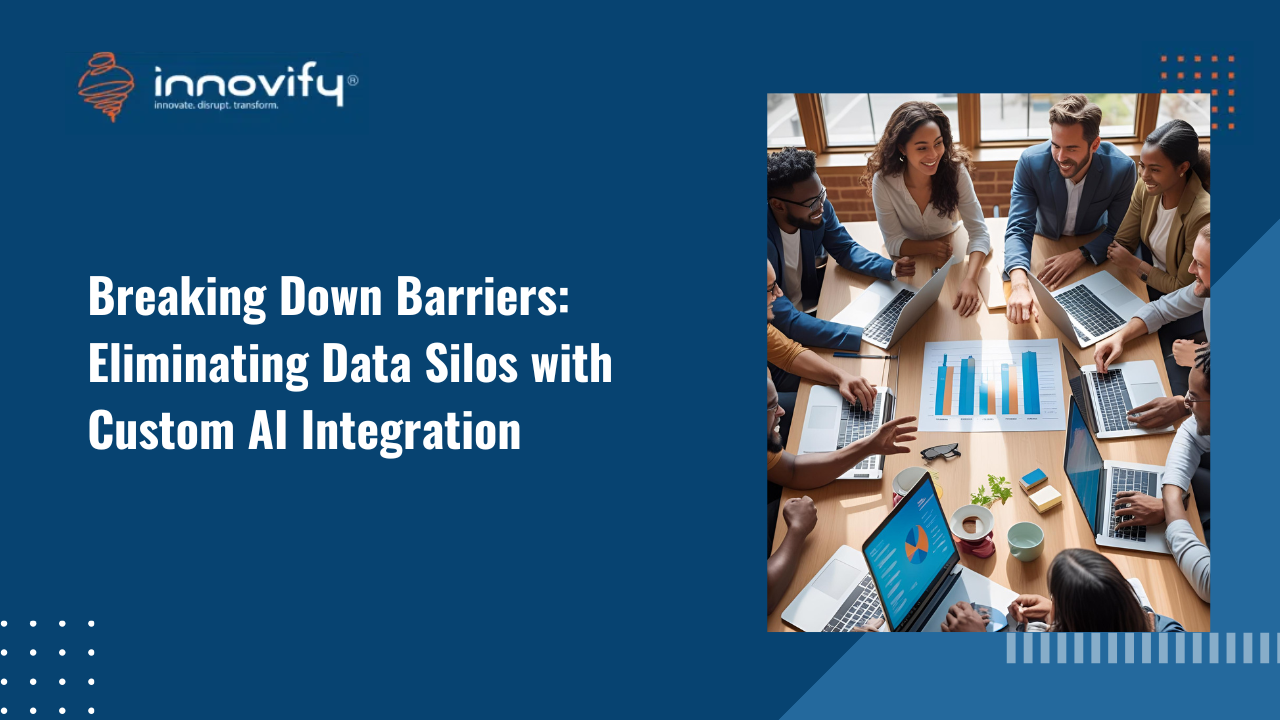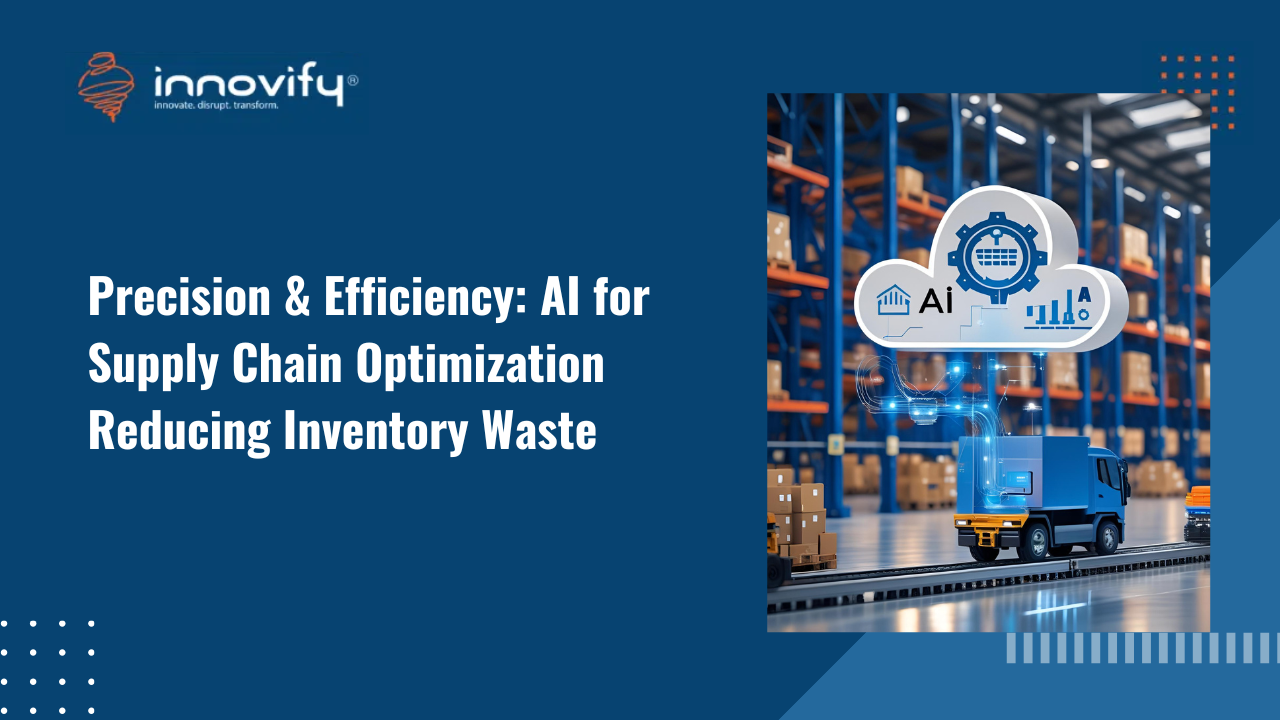Innovation
Driving the Future: Leveraging AI to Build the Next Uber
In the dynamic landscape of technology, Artificial Intelligence (AI) is emerging as a driving force behind transformative innovations. A company that exemplifies the successful integration of AI is Uber at the forefront of revolutionizing ride-hailing service. If you’re aspiring to build the next Uber, harnessing the potential of AI is key to unlocking innovation, efficiency, and customer satisfaction.
1. Data is the Fuel:
AI power lies on data, and for a service like Uber, a Terabytes of data is generated daily. From user preferences to traffic patterns, leveraging this data allows for informed decision-making. Leverage AI & machine learning algorithms to predict peak hours, optimize routes, and enhance overall efficiency.
2. Personalization for Enhanced User Experience:
The success of any ride-hailing platform hinges on the user experience. AI algorithms can analyse user preferences, historical data, and location information to provide personalized recommendations, such as preferred routes, vehicle types, or even suggested pick-up points. Implementing recommendation systems powered by AI ensures users receive personalized suggestions, creating a more engaging and user-centric experience.
3. Dynamic Pricing Strategies:
Uber revolutionized the concept of surge pricing, adjusting fares based on demand. AI takes this concept further by incorporating dynamic pricing models that consider a multitude of variables in real-time. By analysing factors such as weather conditions, local events, and traffic, AI can optimize pricing strategies, ensuring fairness and maximizing revenue during peak periods.
4. Predictive Maintenance for Fleet Efficiency:
Keep your fleet in top condition by implementing AI-driven predictive maintenance. AI-driven predictive maintenance analyses data from vehicles to predict potential issues before they occur. By implementing proactive maintenance measures, downtime is minimized, and the overall reliability of the fleet is enhanced. This not only benefits the service provider but also contributes to a positive experience for both drivers and passengers.
5. Intelligent Navigation Systems:
Enhance driver efficiency with AI-powered navigation systems. Real-time data analysis can optimize routes, avoiding traffic congestion and reducing travel time. This not only benefits drivers but also contributes to a more reliable and punctual service for users.
6. Safety First:
Prioritizing safety is paramount in the ride-hailing industry. AI can contribute to safety measures by analysing driver behaviour in real-time and assessing potential risks. Implementing AI-driven safety features enhances the security of both drivers and passengers, fostering trust in your platform.
In conclusion, building the next Uber involves strategically empowering AI across various level of the business. From data-driven decision-making and personalized user experiences to dynamic pricing, predictive maintenance, intelligent navigation, and safety assurances, AI is the catalyst for innovation. Integrating these AI-driven elements, an enterprise can not only replicate but also surpass the success of Uber, driving the future of ride-hailing services into new and uncharted limits. The road to the next Uber is paved with Innovify Artificial Intelligence Service.
Refer to our post about “What is GPT? All you need to know about GPT Architecture”




